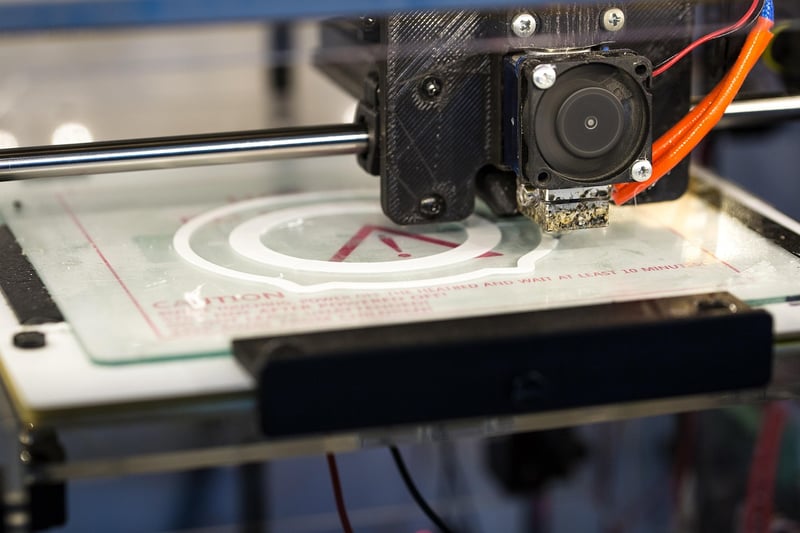3D Printing in Space
The Future of Exploration: Innovations in 3D Printing in Space
Exploring the vastness of space has always been a dream of humanity, and with advancements in technology, we are now closer than ever to making this dream a reality. One of the groundbreaking innovations that is revolutionizing space exploration is 3D printing. The ability to create tools, parts, and even habitats in space using this technology opens up a whole new realm of possibilities for astronauts and space missions.
Benefits of 3D Printing in Space
3D printing in space offers numerous advantages that can significantly impact the way we approach space exploration:
- Reduced Dependency: With the ability to manufacture tools and parts on-demand, astronauts can become more self-reliant during missions, reducing the need for constant resupplies from Earth.
- Cost Efficiency: By eliminating the need to launch every single tool or spare part, 3D printing can lead to cost savings in space missions.
- Customization: Components can be tailor-made to specific requirements, ensuring a perfect fit and functionality for the intended purpose.
- Rapid Prototyping: Iterations and modifications can be made quickly, allowing for faster testing and implementation of new ideas.
Applications of 3D Printing in Space
The versatility of 3D printing opens up a wide range of applications in space exploration:
- Tool Manufacturing: Astronauts can produce specialized tools for repairs and experiments without waiting for supplies from Earth.
- Spare Parts Production: Critical components can be replaced or repaired on-site, reducing downtime and increasing mission efficiency.
- Habitat Construction: Future missions may involve building structures on other planets using 3D printing technology, paving the way for sustainable off-world settlements.
Challenges and Future Developments
While 3D printing in space holds immense promise, there are challenges that need to be addressed for its widespread adoption:
- Material Limitations: Finding suitable materials that can withstand the harsh conditions of space is crucial for creating durable and reliable prints.
- Printing in Microgravity: Overcoming the effects of microgravity on the printing process to ensure precision and quality prints.
- Scalability: Developing larger-scale printing capabilities for constructing habitats and infrastructure on other celestial bodies.
Conclusion
As we venture further into the cosmos, innovations like 3D printing in space will play a pivotal role in shaping the future of exploration. With the ability to manufacture tools, parts, and even habitats in situ, astronauts can become more self-sufficient and adaptable in the unforgiving environment of space. Overcoming the challenges ahead will unlock a new era of possibilities for humanity's journey beyond Earth.

For more information on 3D printing in space, visit NASA's official website.
